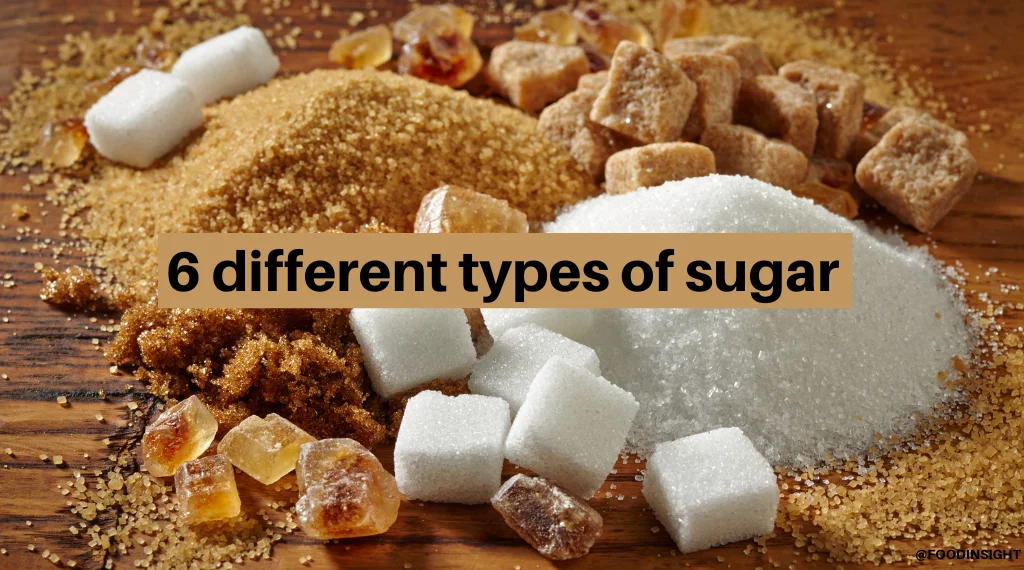Discover the Uses and Conveniences of Beet Sugar Vs Cane Sugar in Your Daily Diet Plan
Discovering the unique top qualities of beet and cane sugar exposes greater than just their sweetening abilities; it highlights their unique effects on health and cooking arts. Beet sugar, recognized for its subtle taste, is frequently preferred in delicate desserts, whereas cane sugar, with its tip of molasses, includes richness to durable dishes. Each type holds its very own nutritional account and glycemic effects, inviting a much deeper understanding of their duties in a balanced diet plan and lasting consumption practices.
Beginning and Production Processes of Beet and Cane Sugar

The distinct climates and dirt kinds required for growing sugar beetroots and sugarcane add to distinctions in their farming techniques and geographic distribution, affecting the business economics and sustainability of their manufacturing. beet sugar vs cane sugar.
Nutritional Comparison Between Beet Sugar and Cane Sugar
In spite of originating from various plants, beet sugar and cane sugar are nutritionally very similar, both largely being composed of sucrose. Each gives regarding 4 calories per gram, equating to roughly 16 calories per teaspoon. Structurally, both sugars are composed of roughly 99.95% sucrose, with very little amounts of other compounds like wetness and trace element, which do not dramatically alter their dietary accounts.

Ultimately, when choosing between beet sugar and cane sugar based on nutritional content alone, both offer similar benefits and disadvantages as they special info are essentially types of the exact same particle-- sucrose, supplying fast power without other nutrients.
Effect On Wellness: Glycemic Index and Caloric Content
Checking out better into the effects of beet sugar and cane sugar on wellness, it is essential to consider their glycemic index and caloric content. The glycemic index (GI) of both beet and cane sugar is around 65, categorizing them as high-GI foods, which can cause quick spikes in blood sugar degrees.
Each type of sugar includes about 4 calories per gram, making their caloric material equivalent. For those keeping track of caloric intake, especially when taking care of weight or metabolic wellness conditions, recognizing this equivalence is important (beet sugar vs cane sugar). Extreme intake of any high-calorie, high-GI food can add to health and wellness problems such as obesity, heart condition, and insulin resistance.
Environmental and Economic Considerations of Sugar Production
Beyond wellness influences, the manufacturing of beet and cane sugar likewise raises substantial environmental and financial issues. Sugar beet growing tends to need cooler environments and has a lower geographical impact compared to sugar cane, which grows in exotic regions.
Furthermore, using pesticides and fertilizers in both beet and cane sugar growing can result in dirt destruction and air pollution, more impacting biodiversity and neighborhood water bodies (beet sugar vs cane sugar). The selection between cultivating sugar beet or cane typically rests on local ecological problems and economic aspects, making the sustainability of sugar production an intricate concern
Culinary Applications and Flavor Differences
While Clicking Here the environmental and economic elements of sugar production are indeed considerable, the choice between beet and cane sugar also affects cooking applications and flavor profiles. Beet sugar, stemmed from the sugar beet plant, is understood for its remarkably neutral taste. This makes it a versatile active ingredient in cooking, where it does not alter the taste of various other elements. It dissolves quickly and is ideal for use in cakes, cookies, and breads.
Walking stick sugar, removed from sugarcane, typically retains molasses traces, which give a distinctive splendor and depth. This minor molasses taste boosts the complexity of baked products, sauces, and sauces. It is specifically favored in products where a caramel undertone is desired, such as in brownies or gingerbread. Additionally, the mild variant in moisture web content in between beet and cane sugar can impact the texture and uniformity of meals, making cane sugar a recommended option for details dishes that take advantage of its distinct residential look at this website properties.

Final Thought
Finally, both beet and cane sugar have distinctive beginnings and production processes, offering comparable nutritional profiles with small differences in sodium material and flavor. While their effect on health and wellness, particularly pertaining to glycemic index and calories, is similar, the option in between them frequently steams down to ecological, economic aspects, and specific culinary requirements. Understanding these elements can assist consumers in making educated decisions that straighten with their health and wellness goals and flavor preferences.